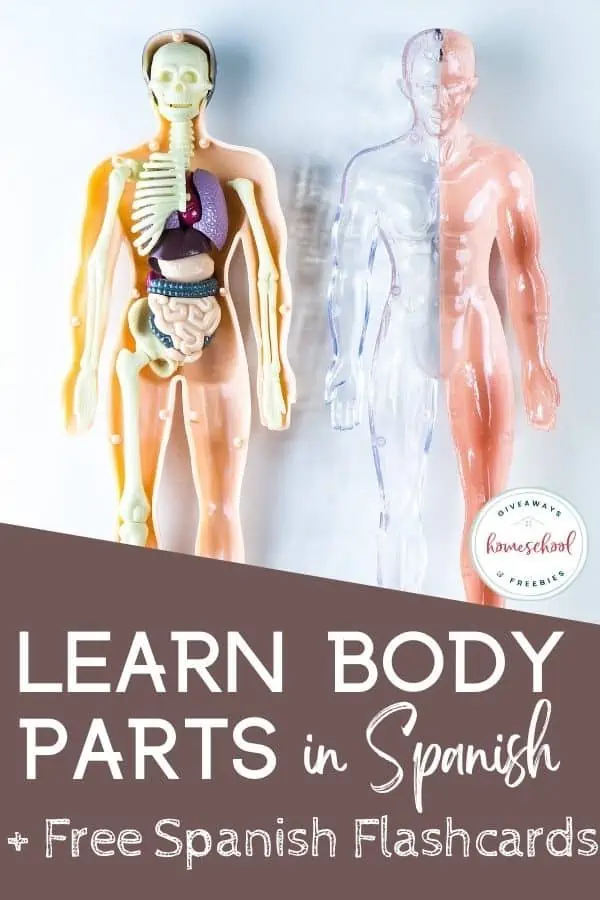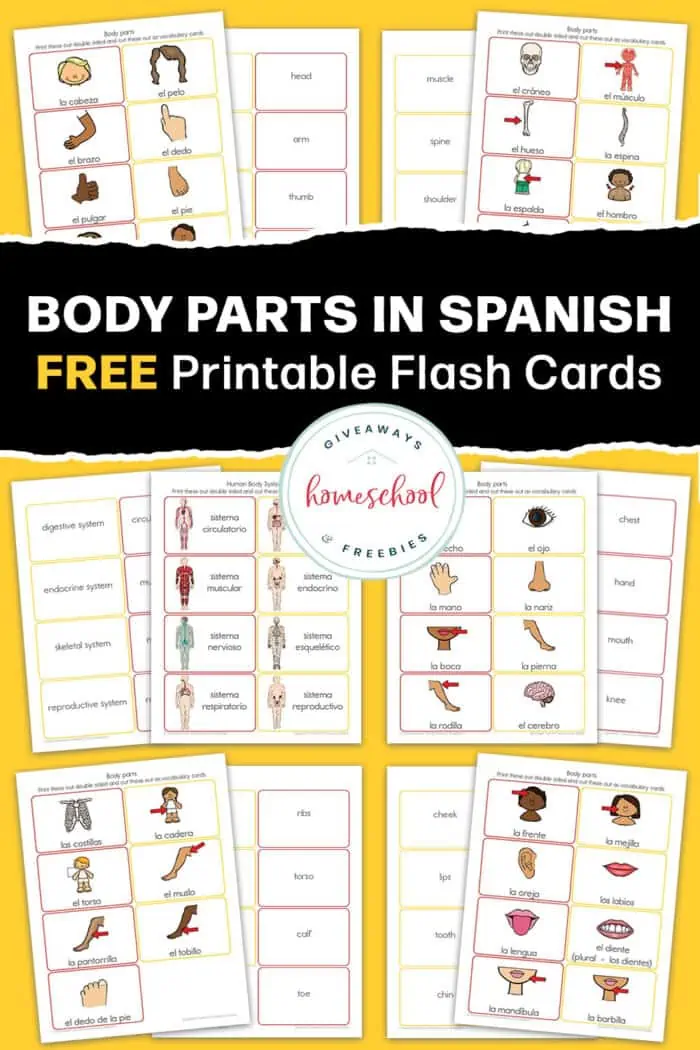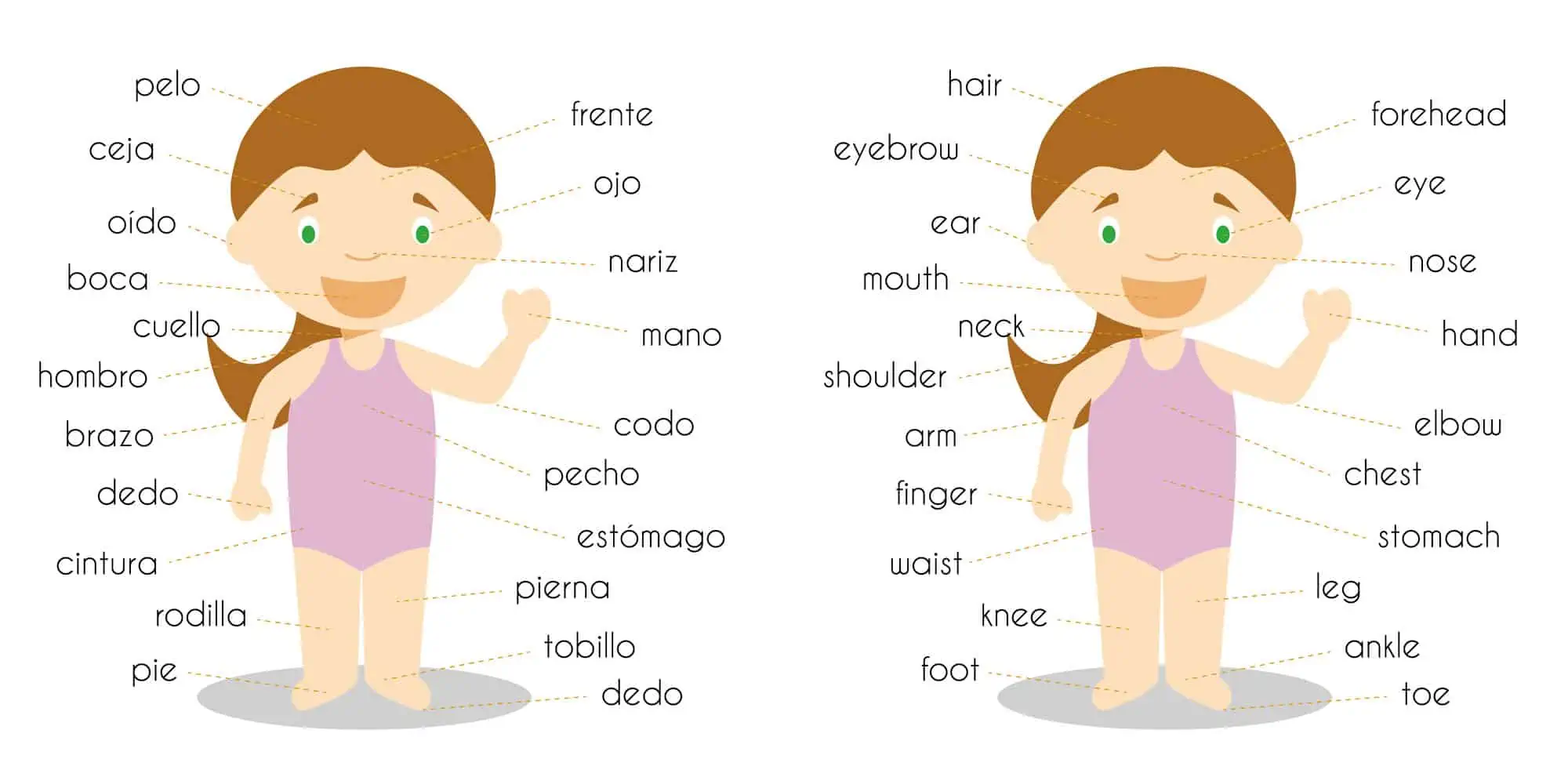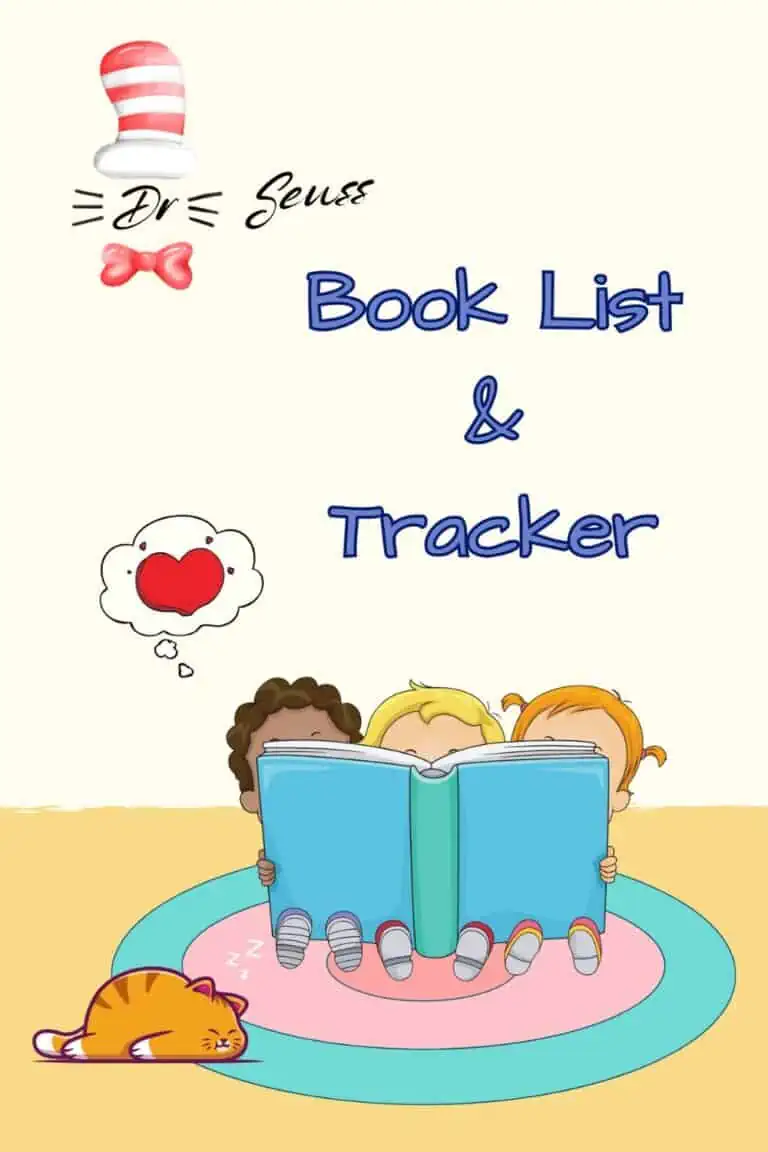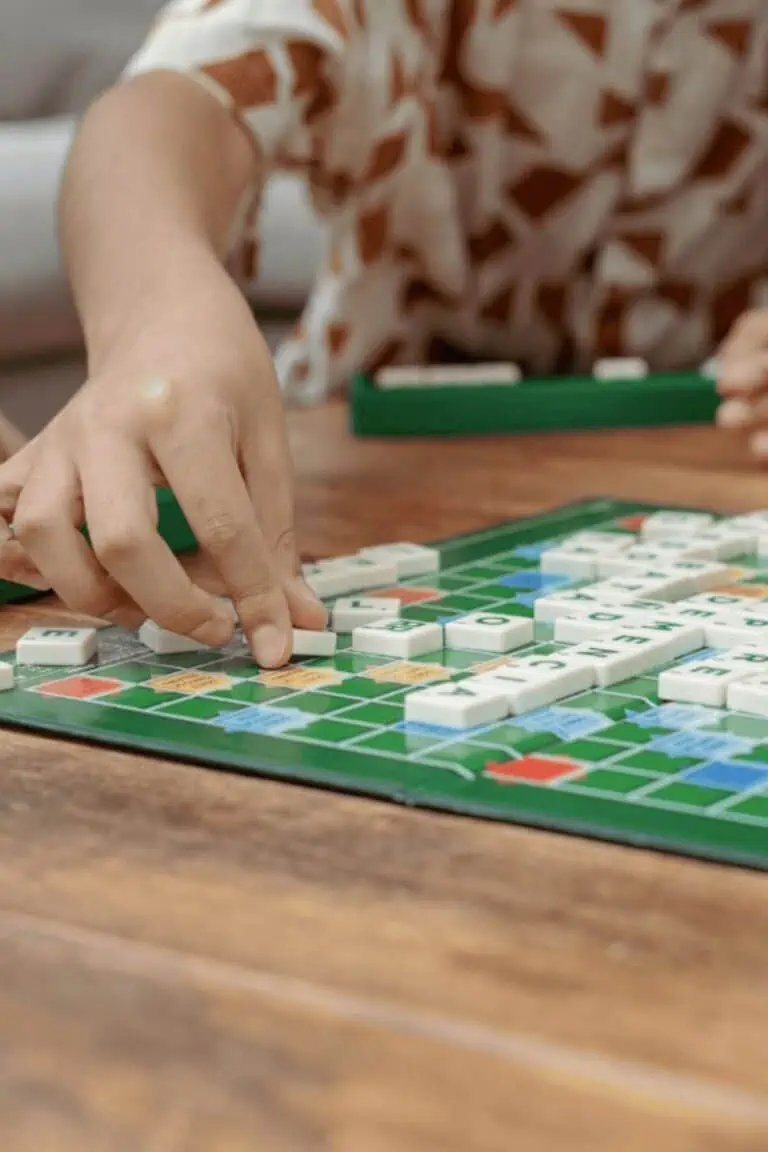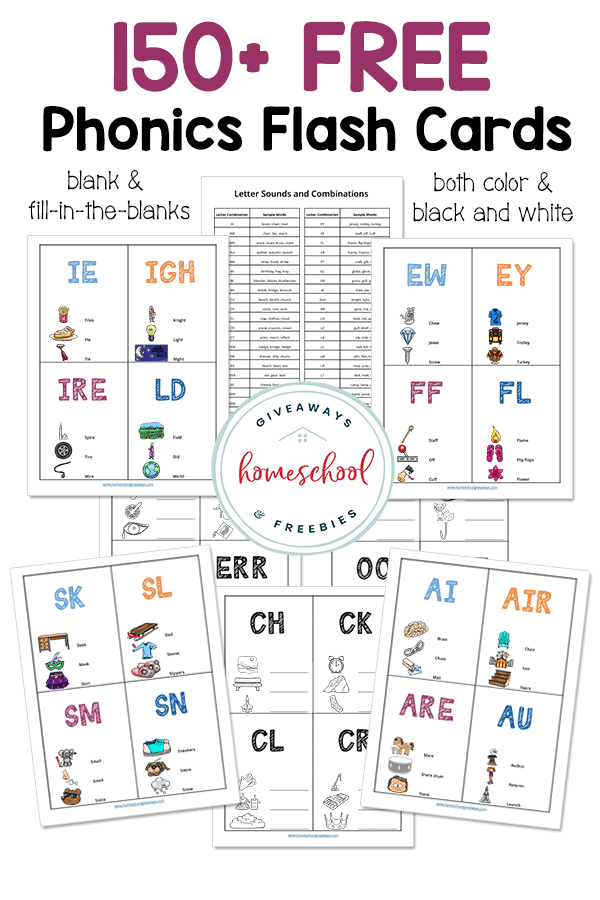Learn Body Parts in Spanish (Free Spanish Flashcards)
Published:
August 2, 2022
Contributor:
Jeannette Tuionetoa
Disclosure: This post may contain affiliate links, meaning if you decide to make a purchase via my links, I may earn a commission at no additional cost to you. See my disclosure for more info.
Are you ready to sing Head and Shoulders, Knees, and Toes with your Spanish language learners? Your students will learn body parts in Spanish with our free printable Spanish flashcards
Spanish Grammar Rules
There are basic grammar rules in the Spanish language your learners should know at the forefront of your Spanish homeschool lessons. Explore some Spanish grammar rules to kickstart your lessons.
Spanish word order in a sentence
The orders of words in Spanish are more flexible than the word order in English. The Spanish sentence structure can be ordered in various ways.
- Subject + Verb + Everything Else in the Sentence (this is the sentence structure order in English and Spanish.)
- Everything Else in Sentence + Subject + Verb
- Verb + Everything Else in Sentence + Subject
Question sentence structure is similar to regular sentences except you place a question mark at the end of the sentence and an inverted question mark at the beginning of the sentence.
Regular Verb Infinitive Form in the Spanish Language
All the regular verbs are written in the infinitive form and they end with -ar, -er, or -ir. Verbs are extremely important in the Spanish language, especially since there are so many ways people can express one idea.
Masculine and Feminine Nouns in the Spanish Language
All nouns in Spanish have a gender that the Spanish new words in the new language follow. The two genders are masculine and feminine. This is one of those tricky issues when learning Spanish can get complicated.
Most nouns that are masculine, end in -o and most nouns that are feminine, end in -a. The tricky part is figuring out what words are feminine and what words are masculine.
Subject pronouns in the Spanish language
We are familiar with the English subject pronouns like they, he, her, hi, them, it, etc. The Spanish language has 12 subject pronouns.
Español English
Yo I
Tú You
Usted You (formal)
Él He
Ella She
Nosotros/nosotras We (male/female)
Vosotros/vosotras You (plural) (male/female)
Ustedes You (formal plural)
Ellos They (masculine)
Ellas They (feminine)
Here is the interesting part of subject pronouns. In English, pronouns are necessary to form a complete sentence. However, in the Spanish language, it is common to completely drop the subject pronouns entirely. For example, Yo soy Americana (I am American) can also be said Soy Americana.
Body Parts in Spanish PDF Flashcards DownloadBe sure to scroll to the bottom of this post to download our free body parts in Spanish printable flash cards. |
Why learn about Spanish body parts?
Learning the parts of the body in Spanish makes a great second language lesson in your Spanish Unit. Teaching your students Spanish, in general, gives them greater fluency and access to begin the journey to an increase of professional opportunities.
They can talk to more people, absorb the second language more easily as a child, gain an academic advantage in their schooling, understand English better, increase opportunities for travel, learn about new cultures, and so much more.
Learning body parts in Spanish is a great addition to your Spanish lessons because learning body parts is fun and make an easy hands-on theme. You can use our body parts in Spanish flashcards for no-prep, ready visuals to learn.
Check out these lists of English-to-Spanish body parts, parts of the head, body organ parts, human body systems, and other body parts. You can also print off anatomy worksheets for all sorts of great lessons.
The Main Parts of the Body in Spanish
These are the basic body parts / common body parts that students should learn first. First thing, they should learn important body parts for safety reasons, for a medical professional, and to build upon Spanish vocabulary.
- head – (la) cabeza
- hair – (el) pelo
- arm – (el) brazo
- finger – (el) dedo
- thumb – (el) pulgar
- foot – (el) pie or plural los pies
- face – (la) cara
- neck – (el) cuello
- chest – (el) pecho or el pecho
- eye – (el) ojo
- hand – (la) mano – la mano
- nose – (la) nariz
- mouth – (la) boca
- leg – (la) pierna
- knee – (la) rodilla
Body Parts of the Head in Spanish
Teaching about the parts of the head are perfect for students to describe themselves in Spanish. You can also learn about the brain with a free brain hat.
- brain – (el) cerebro
- face – (la) cara
- hair – (el) pelo
- forehead – (la) frente
- cheek – (la) mejilla
- ear – (la) oreja
- eye – (el) ojo
- nose – (la) nariz
- mouth – (la boca)
- lips – (los) labios
- tongue – (la) lengua
- tooth – (el) diente (plural – los dientes)
- jaw – (la) la mandíbula
- chin – (la) barbilla
- skull – (el) cráneo
Body Organ Parts in Spanish
As students get older, they can begin the science behind body organ parts, and teaching them in Spanish is a bonus addition to help them remember. You can use some free organ coloring pages to enhance your lessons.
- organs – (los) órganos (internal organs – órganos internos)
- heart – (la) corazón
- stomach – (el) estómago
- lungs – (los) pulmones
- liver – (el) hígado
- kidneys – (los) riñones
- intestines – (los) intestinos
- skin – (la) piel
Other Body Parts in Spanish
Of course, our bodies aren’t made up of only basic parts. We have muscles that help our movement, bones that hold us together, and many more that make up our inside and out. If you are learning about bones, grab a skeletal system worksheet for free.
- muscle – (el) músculo
- bone – (el) hueso
- spine – (la) espina
- back – (la) espalda
- shoulder – (el) hombro
- arm – (el) brazo
- elbow – (el) codo
- wrist – (la) muñeca
- chest – (el) pecho
- ribs – (las) costillas
- hip – (la) cadera
- torso – (el) torso
- leg – (la) pierna
- thigh – (el) muslo
- knee – (la) rodilla
- calf – (la) pantorrilla
- ankle – (el) tobillo
- foot – (el) pie
- toe – (el) dedo de la pie
Human Body Systems in Spanish
Learning body systems vocabulary (Sistemas el Cuerpo Humano) in Spanish is perfect to go alongside a body systems science unit at home.
- Circulatory system – sistema circulatorio
- Digestive system – sistema digestivo
- Muscular system – sistema muscular
- Endocrine system – sistema endocrino
- Nervous system – sistema nervioso
- Skeletal system – sistema esquelético
- Respiratory system – sistema respiratorio
- Reproductive system – sistema reproductivo
- Excretory system – sistema excretor
- Lymphatic system – sistema linfático
- Exocrine system – sistema exocrino
You may also be interested in: Free Human Anatomy Worksheets |
Songs for Learning Parts of the Body in Spanish
- “Todo Mi Cuerpo” (My Whole Body): All my body – Todo mi cuerpo | Calico Spanish Songs for Kids – The song I have been talking about. Check out this fun Spanish language alternative to Head and Shoulders, Knees and Toes.
- “Cabeza, Hombro, Rodilla, Pies” (Head, Shoulders, Knees and Toes): Cabeza Hombros Rodillas y Pies – Canciones Para Ninos .es – The first video helps students learn the Head, Shoulders, Knees and Toes children song. It also has other childhood greats to learn in Spanish.
- “Mi Cuerpo” (My Body): Mi Cuerpo – This adorable video and song help your students learn all about their body / Mi Cuerpo.
Tips for Learning Spanish Body Parts
A few tips for teaching Spanish body parts can help you teach them with ease.
One tip is to be sure to visually show and touch the body parts you’re talking about. Whenever a child memorizes the word, be sure to have them point to that body part. Using memory and visual cues will help them recall different body parts.
Use lots of visual aids. There are many images of different body parts illustrations to help kids make the association between the body part and what it looks like in the image.
Incorporate vocabulary into everyday activities. Like when your child gets up for bed talk about how feet / pies are placed on the floor when they get out of bed. Tell them when to wash their hair / pelo.
Help kids learn short phrases to actually put the Spanish vocabulary words into practice.
Teach them phrases like:
- Tengo dolor de cabeza. / I have a headache.
- My head hurts. / Me duele la cabeza.
- Tener pelos en la lengua / Have mince words.
- Echar una mano. / Give a helping hand.
Activities to Memorize Body Parts in Spanish
There are several activities your little Spanish speakers at home can use to memorize body parts in Spanish. Here are a few:
- Sing songs about body parts (videos are above). This is a great way for learning and a useful way for kids to remember words.
- Have your students look at the subtitles lyrics on each video to make the association between body parts being learned.
- Play games. Simon Says / Simón dice. Simon Says is a great way for kids to get active and work on building vocabulary.
- Read books reinforcing the Spanish names of body parts they have learned.
- Use Spanish to English, and English to Spanish flashcards to cater to a child’s different learning styles by using visual aids and engaged learning.
More Spanish Learning Resources
|
Free Body Parts in Spanish PDF Flashcards
These printable body parts in Spanish flash cards include a picture of each body part with the name of it in Spanish and the English translations that can be printed on the reverse side. Learning the body parts in Spanish has never been easier with these visual aids.
Flashcards for the following body parts in Spanish to English:
head (la cabeza), hair (el pelo), arm (el brazo), finger (el dedo), thumb (el pulgar), foot (el pie), face (la cara), neck (el cuello), chest (el pecho), eye (el ojo), hand (la mano), nose (la nariz), mouth (la boca), leg (la pierna), knee (la rodilla), brain (el cerebro), face (la cara), hair (el pelo), forehead (la frente), cheek (la mejilla), ear (la oreja ), eye (el ojo), nose (la nariz), mouth (la boca), lips (los labios), tongue (la lengua), tooth (el diente (plural ( los dientes)), jaw – la la mandíbula), chin (la barbilla), skull (el cráneo), muscle (el músculo), bone (el hueso), spine (la espina), back (la espalda), shoulder (el hombro), arm (el brazo), elbow (el codo), wrist (la muñeca), chest (el pecho), ribs (las costillas), hip (la cadera), torso (el torso), leg (la pierna), thigh (el muslo), knee (la rodilla), calf (la pantorrilla), ankle (el tobillo), foot (el pie), and toe (el dedo de la pie).
In Conclusion
It’s easier to learn Spanish vocabulary terms when you use visual aids and songs that kids can remember. I hope these resources are useful for you in your Spanish homeschool lessons.

